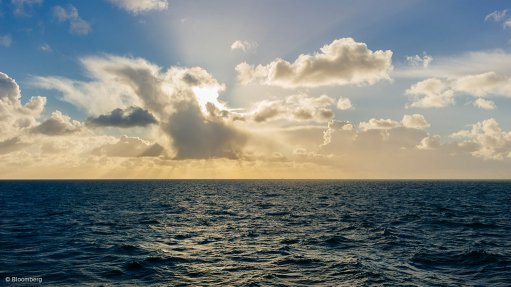
Photo by: Bloomberg
A study conducted by Frost & Sullivan has found that the desalination market in Africa has recovered from the global economic downturn between 2015 and 2017, which had resulted in low investment in desalination across the continent.
The firm’s study revealed that the African desalination market is stabilising and that investment in desalination is gaining traction.
“By 2030, 35% of the world will be living in water-stressed countries,” says Frost & Sullivan industry analyst Laura Caetano.
She believes the African desalination market will grow at a compound annual growth rate (CAGR) of 10.7% between 2017 and 2022.
“Of the 54 countries in Africa, 39 have a coastline, making desalination the logical solution, but the high cost of capital expenditure (capex) and operating expenditure (opex) prove to be a major restraint to the development of the desalination market in Africa.”
The study finds that North African countries are the primary users of desalination, holding 79.9% of Africa’s desalination capacity.
North Africa is expected to maintain its dominant position in the market with high forecasted growth. Sub-Saharan Africa, on the other hand, is expected to achieve low to moderate growth in desalination capacity up to 2022, owing to the high capex costs associated with desalination plants, paired with the low water infrastructure spend in the region.
Frost & Sullivan notes an increasing interaction between the private and public sectors when it comes to infrastructure development, resulting in a growing number of public–private partnerships (PPPs) to fund desalination projects in future.
Caetano avers that high population growth, prolonged drought conditions across Africa, old and inefficient water infrastructure and an increase in PPPs are the major driving forces behind the growth in the desalination market.
“However, low water infrastructure budgets and low power availability will continue to restrict potential market growth in sub-Saharan Africa. Mitigating measures through the use of renewable energy to power plants and the installation of energy recover devices are growing in popularity and significantly reducing the high opex costs associated with desalination, making it an increasingly realistic option for sub-Saharan Africa,” she states.